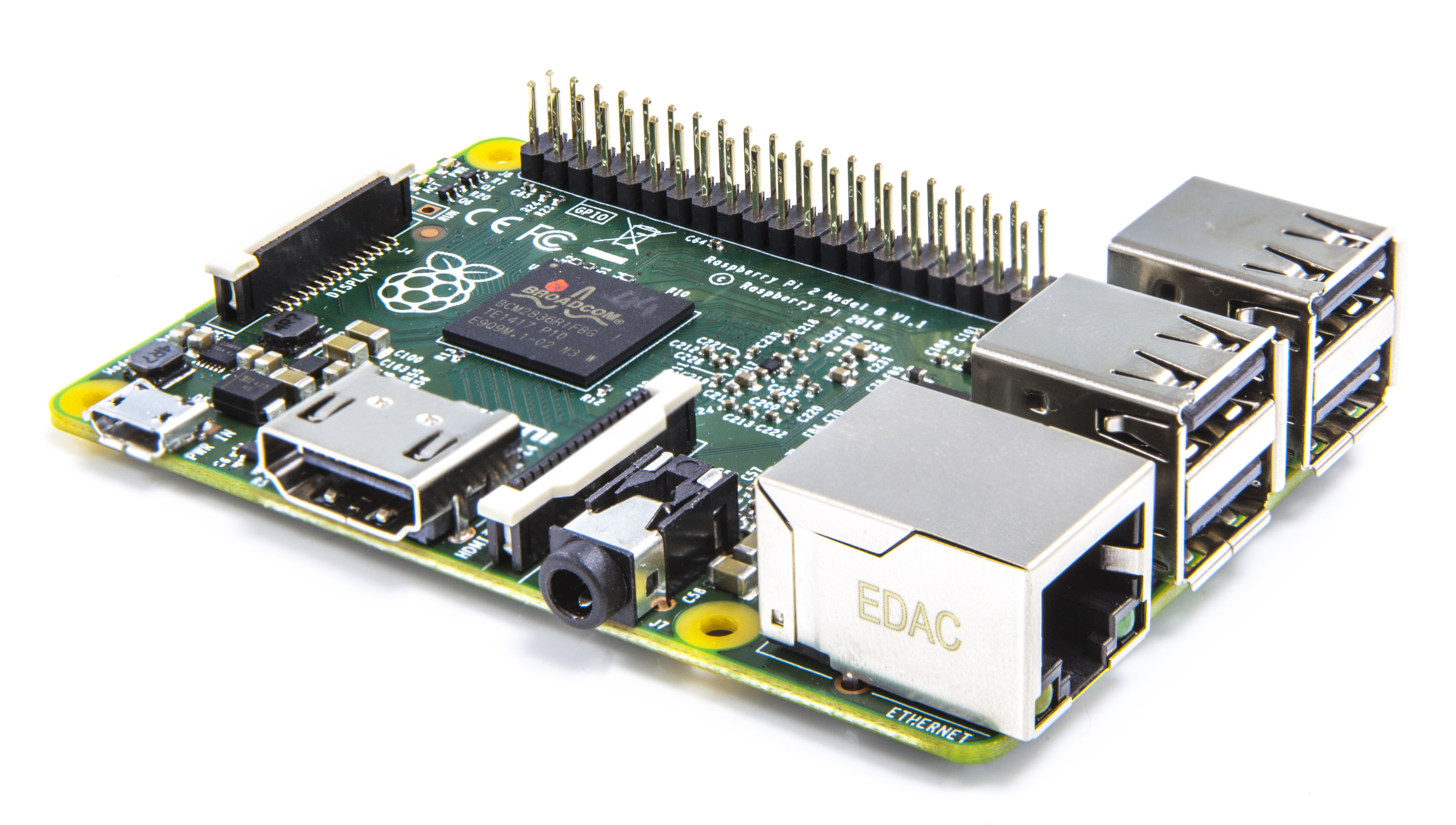What is Raspberry Pi
In 2008, a few academics and technicians (Eben Upton, Rob Mulins, Jack Lang, Alan Mycroft, Pete Lomas, and David Braben) were discussing their concerns about declining interest in computer studies and engineering. Their idea was to develop low-cost microcomputer board, so high school as well as university students will get their hands dirty working with it!
The microcomputer is called Raspberry Pi, which is a credit card size board and it costs between $5 - $35 only. Raspberry Pi is an open source solution (both software and hardware) and can be found anywhere in the world.
The board was originally designed to be used by students to learn to programme. However, the scope is expanded to many other applications by engineers, professionals, companies, as well as educational institutes.
So far, more than 13 million boards are sold all over the world, making it the best-selling “General purpose computer” ever.
Below the video is a quick overview of the board, and we will dive deeper in the coming posts.
Below the video is a quick overview of the board, and we will dive deeper in the coming posts.

Thanks for sharing about this great idea. I agree that the interest in computer engineering has decreased. This might be because students think the technology world is very demanding. I, myself would love to get to know more about the inside of the computer. I think this would help me in my career of teaching assistive technology because I will have more understanding of what is going on behind the scenes. I think this would be a good place to start to expand my knowledge.
ReplyDelete-Danielle Smith
Hi Danielle
DeleteRaspberry Pi is now used in many applications, and possibilities are only limited by imaginations. As you will see in the following posts, there are many applications in different fields. One of the fast growing applications of RPi are the Inter of Things (IoT) which is believe is very relevant to teaching assistive technology.
thanks
Hi Danielle
ReplyDeleteRaspberry Pi is now used in many applications, and possibilities are only limited by imaginations. As you will see in the following posts, there are many applications in different fields. One of the fast growing applications of RPi are the Inter of Things (IoT) which is believe is very relevant to teaching assistive technology.
thanks
Hi Abubakr
ReplyDeleteThank you so much for sharing the information about the microcomputer board. Honestly, this technology and information is a kind of new for me. I think it will be an excellent resource for school when applying and integrating technologies in classrooms. I see this tool is very helpful and useful. I would like to read and learn more about it.
Many thanks
Rashed :)
Hello Rashed
DeleteRPi is designed and manufactured to help students learn programming in a very affordable way, that is $20 - $35 only. Main target are high school students but even younger students can benefit from it. In future posts, I will write about possible applications that students can do or learn inside classroom, and it will give you more insights about this magical board!
thanks for coming by!
abubakr, based on this programing tool, did you check the accessibility? can a person with visual impairment use it?
ReplyDeleteThis is a very good question. However, I didn't check this point before, but thanks you draw my attention to it. I will check this point. Thanks so much!
Delete